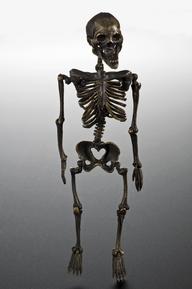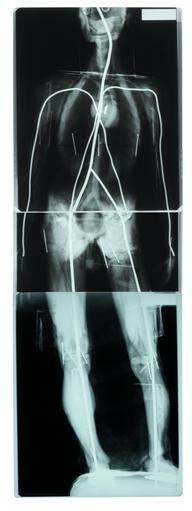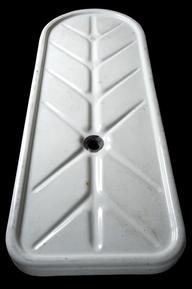


Ivory plaque, carved in relief, representing a demonstration of anatomy as a dissecting scene, in ebony frame, possibly 17th century
The plaque depicts an anatomical dissection scene. The scene shows four men in wigs and fine clothes watching another man perform the dissection. Such dissections were often observed by an audience because cadavers were in short supply and not every student could perform their own dissections.
Anatomy was an important part of the medical curriculum of European universities in the 1600s. Public dissections were performed, often in purpose-built theatres such as those at Padua and Bologna in Italy and Montpellier in France. Students and the educated general public were admitted.
Details
- Category:
- Anatomy & Pathology
- Collection:
- Sir Henry Wellcome's Museum Collection
- Object Number:
- A641042
- Measurements:
-
overall: 23 mm x 141 mm x 120 mm, .18kg
- type:
- plaque




